
Sat 2023/02/04
E-learning: benefits and most important advantages and disadvantages
E-learning is one of the means that supports the educational process and transforms it from the phase of indoctrination to the phase of creativity, interaction and skill development, and it combines all electronic forms of teaching and learning, using the latest methods in the fields of education, publishing and entertainment by adopting computers, their storage media and their electronic networks.
The use of modern technologies and technology in education has led to turning the educational process upside down, so the learner receives the educational process at any time, any time and any place, so the limits of time and place have crossed, and the learner can be present in the classroom through a computer using communication and information technologies, and e-learning knows It is an integrated educational system through which communication with the teacher takes place, and he also works to deliver educational content to the learner through modern information technologies, and this works to make communication available via the Internet, and then communication occurs.
What are the benefits of e-learning?
The benefits of e-learning can be summarized in several points as follows:-
- It achieves speed in accessing information and communicating with the teacher or the participating students.
- It enhances the individual study method, which enables the teacher to cooperate greatly with weak students and improve their scientific level.
- Communicating the information with ease, as communication via the Internet achieves the speed of connection from anywhere.
- Data banks and questions can be accessed by the teacher in order to save time and effort to go to other educational matters.
- Meet the learner's requirements to access information at the same time.
- You can choose any times to learn and deepen the knowledge of the information.
- The ability to repeat the lesson, record the lesson, and repeat it again.
- Rationalizing the time so that the teacher can access the lesson at any time.
- Easy access to the content of the speaker at any time.
- Speed of learning and quick delivery of lessons.
- It leads to the professional development of the teacher and opens the way for him to be creative and obtain continuous education.
- It is easy to control the rows with large numbers.
- Strengthening the process of communication and communication between the student and the teacher.
What are the advantages of e-learning?
E-learning has many advantages, including:
- Helps to save time and money; It is no longer necessary to move around and pay for education; The largest universities are now just one click away.
- It has a very low cost compared to other methods.
- The recipient can learn at any time without allocating specific times for learning; And in any way he wants with the possibility of interaction and cooperation with colleagues and lecturers.
- Ease of access to information and ease of remembering it because the learner enters the network to learn.
- It meets many methods and is an advanced system.
- E-learning has a positive impact on academic achievement levels due to the modern technologies used.
- Achieving learning objectives.
- The quality of educational materials through the ease of updating and modifying educational and training contents and curricula according to international developments.
- Its cost is low compared to traditional education.
- It achieves the means of self-education.
- Immediate and rapid evaluation, identification of results, and correction of errors.
What are the most important characteristics and objectives of e-learning?
There are many goals and characteristics of e-learning, including:
- E-learning is based on achieving the most important goals of the educational process, which is the organization of the educational material, so that the learner can access the educational material at any time; There is no need for them to go to educational facilities, but they can learn about the Internet from their homes.
- E-learning reduces the material costs needed by traditional education, because it does not require school facilities or classrooms.
- Education is an integrated educational material full of details and answers.
- Achieving a great deal of interaction and opening room for discussions between colleagues and each other.
- Access to information easily.
- Contribution of the learner by his own activity in learning.
- E-learning ensures accuracy for teachers in following up and evaluating learners.
- Provides a link between the learner and other learners or between him and the teacher and means of communication.
- E-learning provides an opportunity for education for all age groups, as the elderly can also learn through e-learning.
- E-learning is one of the flexible teaching methods, as it saves time and gives a wide space to increase questions and thus increase the information that the student can learn.
What are the disadvantages of e-learning?
Just as e-learning has many benefits and advantages, it also has negatives that affect it, including:
- Weak dialogue and direct discussion between learners and each other and between teachers.
- Dialogue and direct interaction are very important in the educational process.
- Difficulty expressing the opinions and ideas of the learners.
- Weakness of the Internet and the Internet and poor communication.
- E-learning may cause a feeling of boredom sometimes.
- There may be a lack of understanding between the learners and each other.
- Weak learning motivation and feeling bored as a result of sitting in front of computers and internet networks and dealing with them for a long period of time, especially if the presented scientific material is free of audio-visual effects that attract the learner towards learning.
- A large number of current teachers are unable to use digital technology in a way that enables them to deal with it, and teach through it, so it is necessary to hold intensive courses to help them.
- The difficulty of assessment and the development of its standards, as it reduces the level of creativity and innovation in answers in exams, where the student has to answer with the same program answer, and there is no room to discuss the answer or understand it in a different way.
- Programmed instruction limits the learner's ability to be creative and innovative because it restricts him to a specific response, which is the correct response in the program that he must learn.
- Programmed education is not suitable for teaching all the objectives of teaching science. Developing scientific research skills, developing scientific trends, and developing the ability to appreciate the efforts of scientists is difficult to achieve through programmed education.
What are the types of e-learning?
There are many types of e-learning, the most important of which are the following:
- Synchronous E-Learning
- Asynchronous E-Learning
- Blended Learning
- Interactive e-learning
1- Synchronous E-Learning
It is the education in which the time of the lecture is linked with the same timing of the teacher’s presence as well as the students in front of the computer screen, that is, the lectures are delivered directly with the aim of both parties being able to discuss each other, with the possibility of asking many questions freely, and this is done through A group of chat rooms or by learning lessons through a group of classes called virtual classes.
2- Asynchronous E-Learning
This type of education does not require the presence of the teacher and the student at the same time. This type of education is based on obtaining the necessary information from the Internet with the possibility of referring to the information at any time. and fried.
3- Blended Learning
Through it, e-learning is combined with traditional education; This is done by doing learning activities at home and learning activities in the classroom. This type of education provides the opportunity for students to enjoy the advantages of studying from home and at the same time not miss the opportunity to go to class.
4- Interactive e-learning
It works on the progress of the educational process in two directions, from science to students and vice versa, where this education opens a two-way communication channel between students and teachers, and this type of education works on interaction in a large proportion between students and each other.
E-learning management system LMS in Edu Step Up
The e-learning management system LMS in the Edu Step Up program includes:
1- The school’s website:
which consists of two parts and a special interface for visitors in order to display the school’s data in addition to its goals, vision and mission, as well as communication methods, This is in addition to the creation of an electronic library of books of interest to the student to view, With the possibility of visitors to send complaints or suggestions through it, as well as a page to submit applications for school enrollment and electronic registration.
2- An interface to follow the progress of the instruction process:
Providing an account for each of the guardian, the student and the teacher, and it is used to follow up on the guardian’s affairs for his children, through certain reports.
You can get the Edu Step Up program to benefit from the LMS portion by ordering the program
Leave Comment






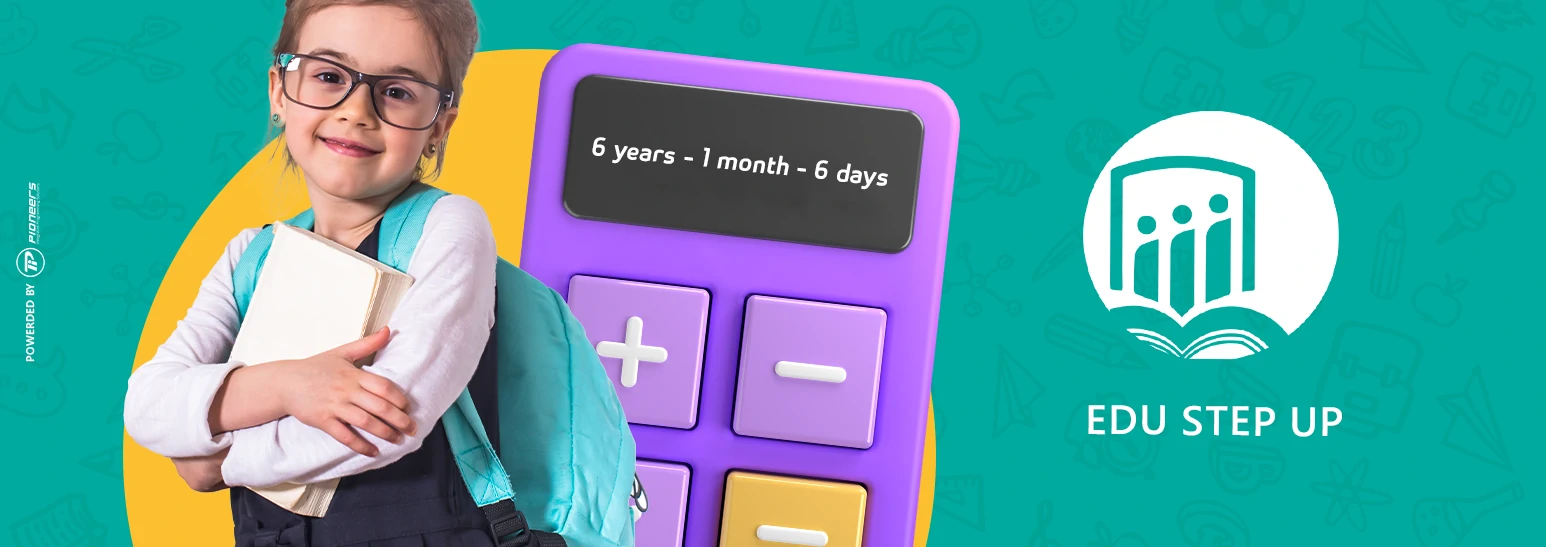
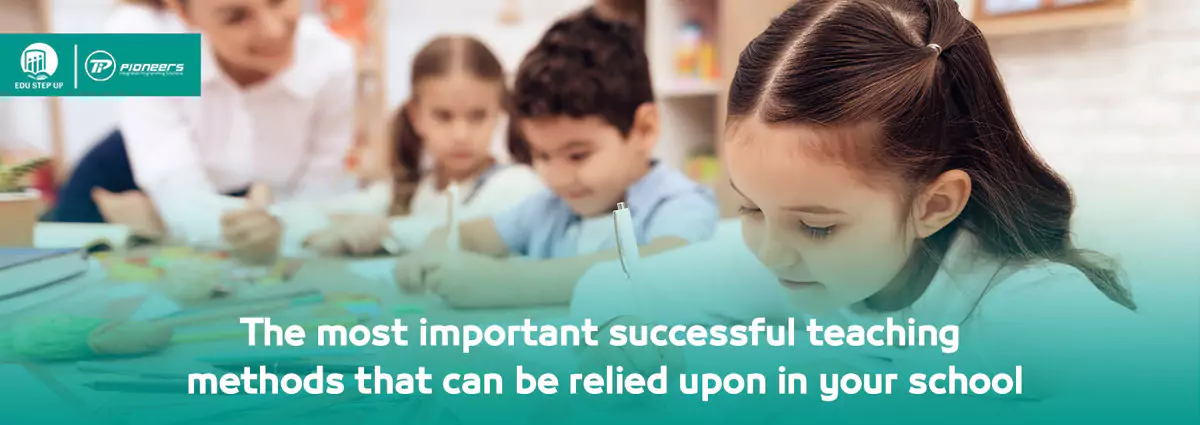
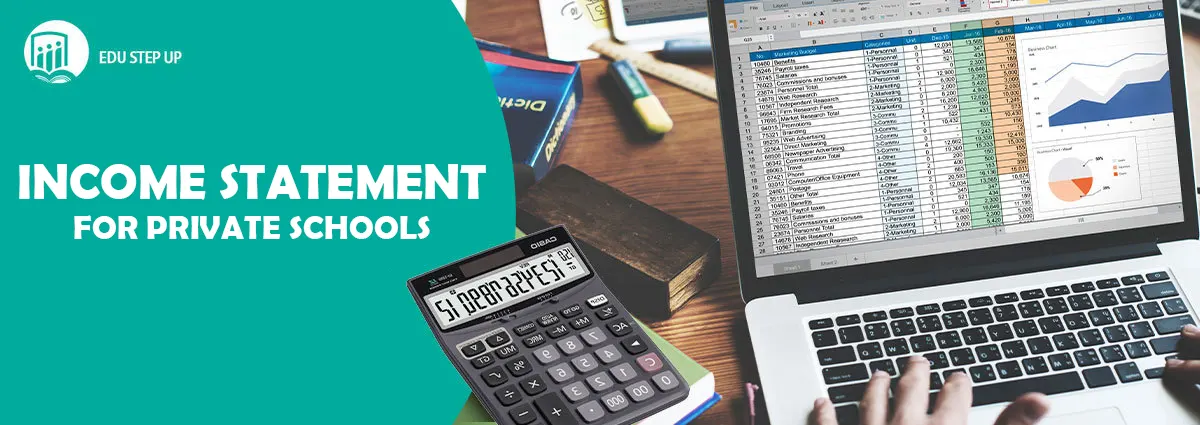
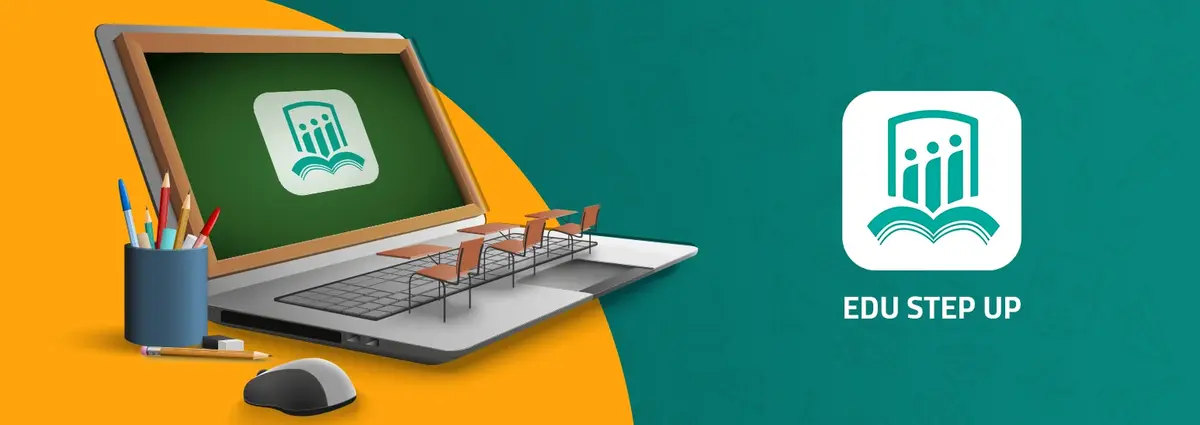
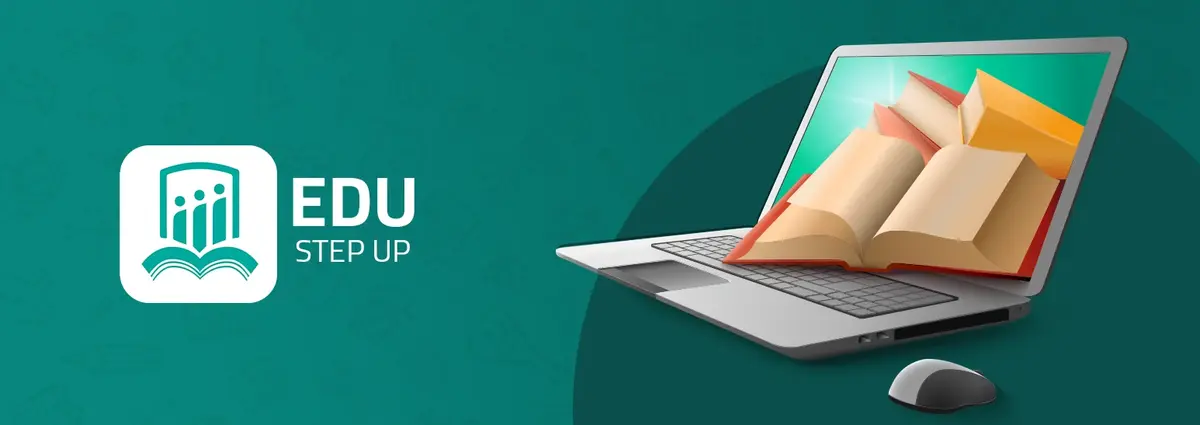
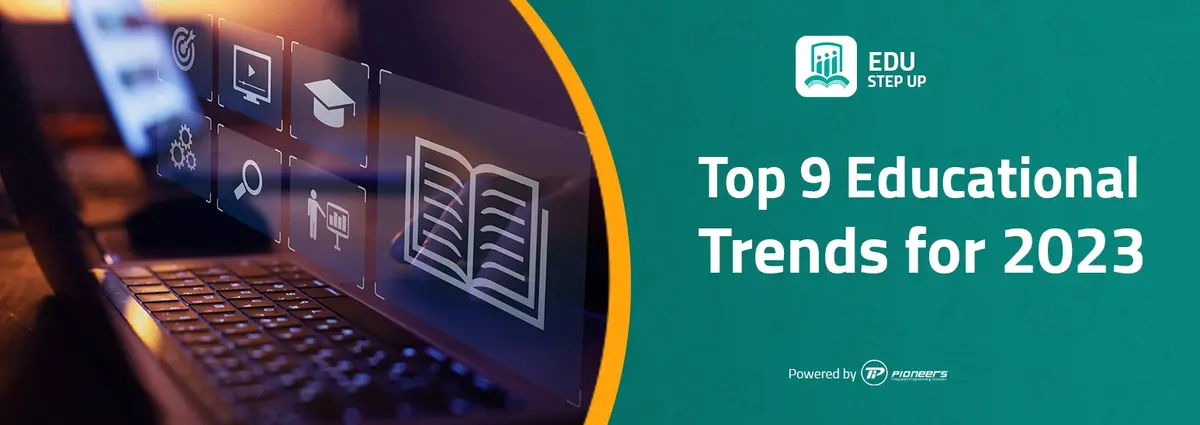



Comments